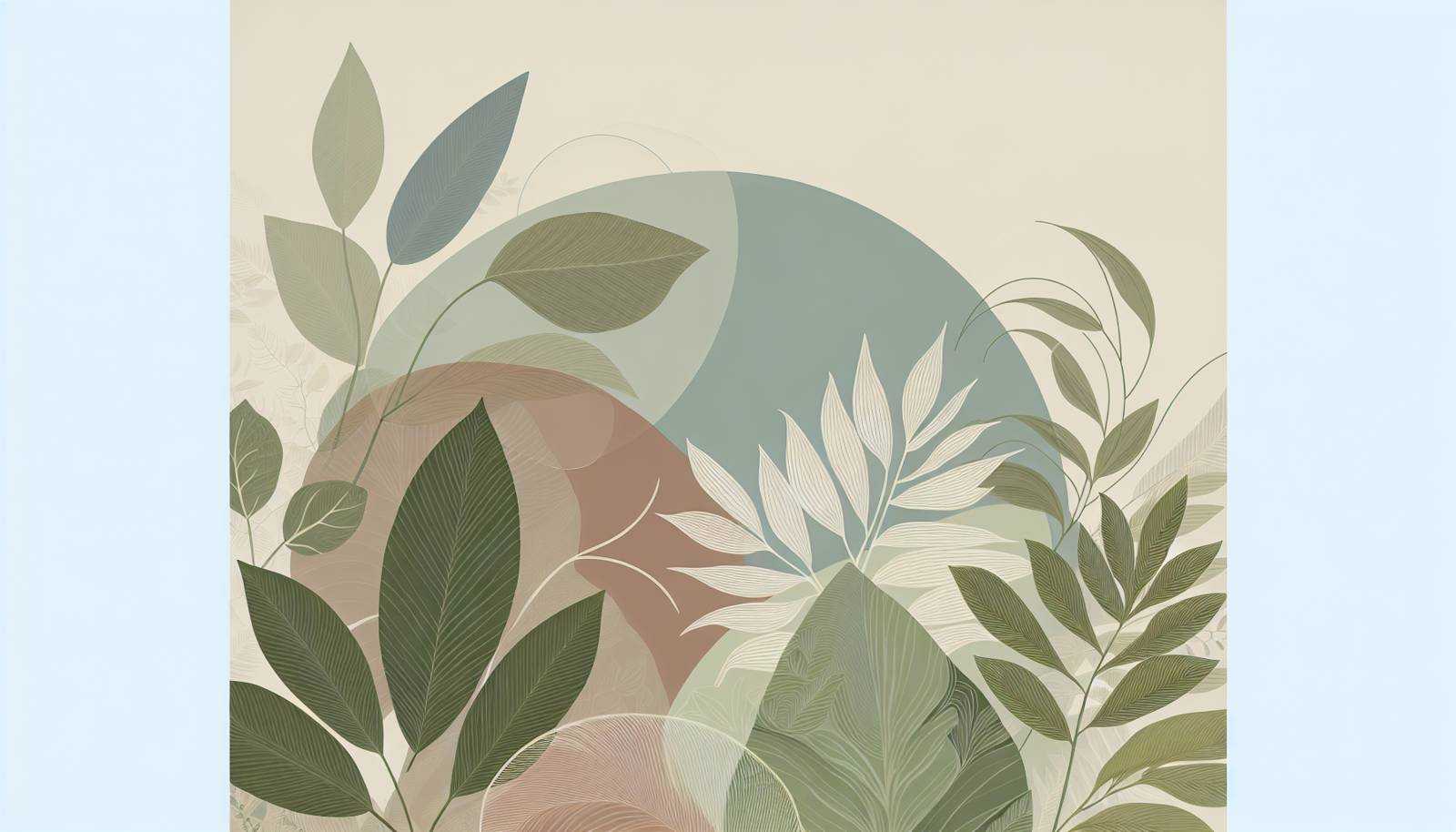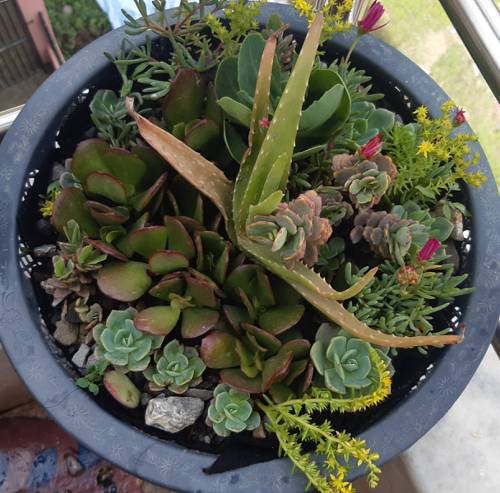
FAQ About Indoor Plant Multisensory Experiences

What is an indoor plant multisensory experience?
An indoor plant multisensory experience is an approach to enhancing the presence of indoor plants by engaging multiple senses such as sight, smell, and touch. This involves selecting plants that offer visual beauty, aromatic scents, and interesting textures for tactile interaction.

How can indoor plants improve visual aesthetics in a room?
Indoor plants enhance visual aesthetics by introducing diverse shapes, sizes, colors, and structures that complement the design of any space. They can serve as focal points, add lush green vibrancy, and even create a balanced contrast with existing decor. Additionally, pots and planters with unique designs can further contribute to visual appeal.

Which indoor plants are known for their scent?
Several indoor plants are appreciated for their scents. Jasmine, lavender, and rosemary are popular choices for those seeking fragrant options. These plants not only beautify the space but also offer calming and refreshing aromas that enhance sensory experiences.

How do tactile interactions with indoor plants work?
Tactile interaction with indoor plants involves touching and feeling plant textures, which can be stimulating. Many plants have distinct features such as soft leaves (e.g., Lamb's Ear), fuzzy surfaces, or unique structures (e.g., succulents) that invite touch and exploration, adding a tactile dimension to the plant experience.

What are some popular plants for a tactile multisensory experience?
Popular plants for a tactile multisensory experience include succulents, which have diverse textures and forms, the soft leaves of the Lamb's Ear, and the spiky nature of cacti. These plants offer distinct tactile experiences that are engaging and interesting.

Can indoor plants influence mood or emotions through sensory experiences?
Yes, indoor plants can have a positive impact on mood and emotions. Their presence and multisensory characteristics such as soothing colors, calming scents, and unique textures can reduce stress, improve concentration, and foster a sense of tranquility and wellbeing.

How can lighting affect the multisensory experience of indoor plants?
Lighting plays a crucial role in enhancing the multisensory experience of indoor plants. Proper lighting can highlight plant features, enhance their colors, and even influence how scents circulate in a space. Experimenting with natural and artificial lighting can create diverse atmospheres.

What are some tips for arranging indoor plants to maximize multisensory experiences?
To maximize multisensory experiences with indoor plants, consider grouping plants with contrasting textures and scents together, using varying heights for visual interest, and placing aromatic plants near airflow to spread their scent. It's also beneficial to position tactile plants within easy reach to encourage interaction.

Are there any indoor plant arrangements specifically designed for sensory stimulation?
Yes, there are arrangements designed for sensory stimulation, such as sensory gardens or collections. These setups typically include plants with diverse, engaging attributes that cater to sight, scent, and touch, and are strategically placed for easy engagement.

How can smells from indoor plants be amplified indoors?
Smells from indoor plants can be amplified by ensuring the plants are healthy and flowering, using airflow to circulate aromatic oils, and occasionally stroking or gently rubbing the leaves to release more scent. Grouping aromatic plants together can also concentrate their fragrance.

What role does air circulation play in a multisensory indoor plant environment?
Air circulation is essential for distributing scents effectively and ensuring the health of plants by providing adequate airflow. Well-ventilated areas help maintain optimal humidity levels for both aesthetic and aromatic plants, enhancing multisensory enjoyment.

Which plants are best for creating visual contrasts in an indoor setting?
Plants like Calatheas with colorful patterns, Snake Plants with upright stripes, and ferns with intricate leaves provide striking visual contrasts. Combining these with more neutral or lush green plants can create dramatic visual effects and enrich the space.

How can one enhance the tactile aspect of indoor plant experiences?
Enhancing tactile experiences can be achieved by including a variety of plants with different textures, such as smooth succulents, fuzzy air plants, and firm cacti. Providing easy access to these plants encourages casual touch, enhancing the sensory experience.

Are there any technological aids to improve indoor plant multisensory experiences?
Yes, technologies like smart planters with built-in sensors or mood lighting can enhance the multisensory experience. These aids monitor plant health and adjust settings to optimize lighting and humidity, thereby amplifying sensory attributes and maintaining plant vitality.

What common misconceptions are there about multisensory experiences with indoor plants?
A common misconception is that only certain plants can create multisensory experiences. In fact, with thoughtful arrangements and care, almost any plant can contribute to a rich sensory environment. Another myth is that multisensory environments require extensive investment; simple adjustments often greatly enhance sensory engagement.

How do seasonal changes affect indoor plant multisensory experiences?
Seasonal changes influence indoor plant experiences by altering light availability, humidity levels, and the growth cycles of plants. Enthusiasts can use seasonal shifts to emphasize different aspects, such as increased natural scents in spring or lush visuals in summer, thereby maintaining a dynamic sensory environment all year round.

Is there a way to train people to appreciate the multisensory aspects of indoor plants?
People can be trained to appreciate the multisensory aspects of indoor plants through guided interactions and workshops. Activities such as sensory tours that focus on sight, smell, and touch, and educational sessions about plant characteristics can foster a deeper understanding and enjoyment of these experiences.

Can children benefit from multisensory experiences with indoor plants?
Yes, children can benefit greatly from these experiences. Multisensory exposure to plants can enhance cognitive development, improve sensory skills, and foster curiosity and respect for nature. Interactive activities involving plant care or sensory exploration are particularly beneficial for young learners.

What is the role of indoor plant fragrances in wellness?
Indoor plant fragrances play a significant role in wellness by promoting relaxation, reducing stress, and enhancing mood. Aromatic plants like lavender or chamomile can be used to create calm environments that contribute to overall mental and emotional health.

How can multisensory experiences with indoor plants be personalized?
Personalizing these experiences involves selecting plants that resonate personally in terms of aesthetics, scent, and texture preferences. Additionally, considering factors such as the home environment, available space, and individual emotional responses helps tailor a unique and satisfying multisensory setup.
